In the aftermath of the tragic Boston Marathon bombing in 2013, the media played a pivotal role in disseminating information to the public.
However, amidst the chaos and confusion, mistakes were made, none more glaring than the misreporting by CNN.
As the events unfolded, CNN rushed to be the first to break the news, but in doing so, they fell victim to the dangerous trap of misinformation.
Their erroneous reporting caused panic and tarnished their credibility as a reputable news source. This incident serves as a poignant reminder of the immense responsibility that comes with journalism and the dire consequences of prioritizing speed over accuracy.
In examining CNN’s Boston Marathon bombing mistake, we delve into the specifics of CNN’s missteps during the Boston Marathon bombing coverage, dissecting the ramifications of their errors and highlighting the importance of maintaining journalistic integrity, particularly in times of crisis.
CNN Boston Marathon Bombing Mistake
The Boston Marathon bombing of April 15, 2013, stands as a harrowing chapter in American history, marked by tragedy, confusion, and resilience.
This guide critically examines CNN’s missteps in its coverage of the Boston Marathon bombing, shedding light on the implications of premature reporting and the challenges of maintaining journalistic integrity in the digital age.
The Rush to Report
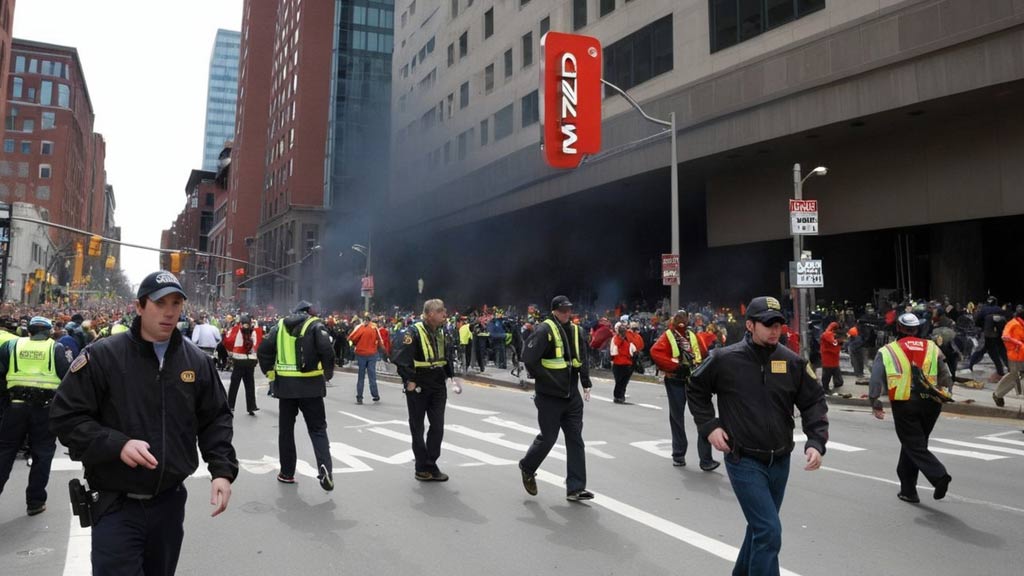
In the immediate aftermath of the bombing, the public hungered for answers, and media outlets raced to deliver. CNN, one of the most prominent news networks, was at the forefront of coverage.
With its vast resources and reach, CNN sought to provide real-time updates to a global audience hungry for information. However, accuracy sometimes fell victim to expediency in the frantic rush to report.
The Misidentification
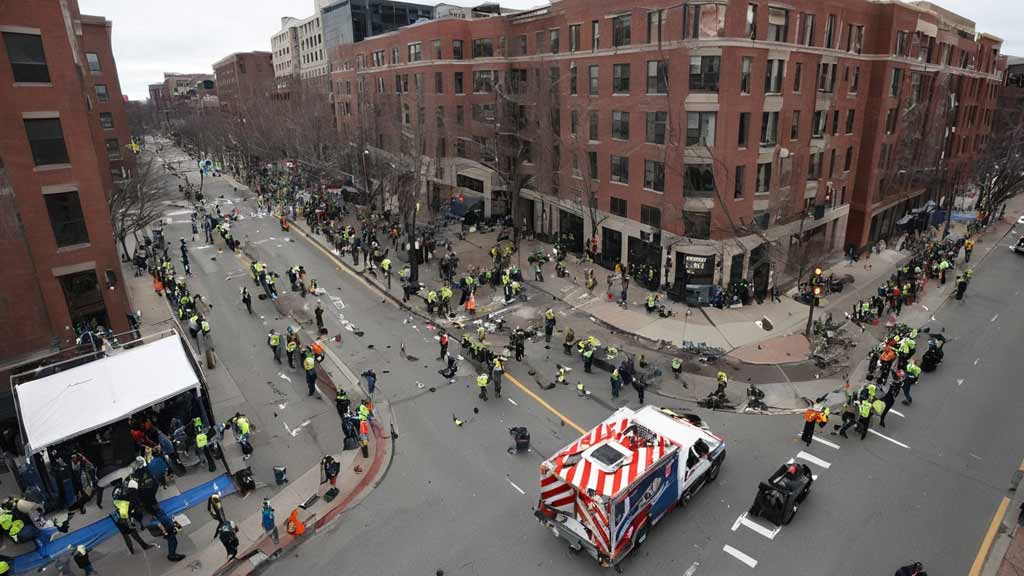
On April 17, 2013, CNN aired a report claiming that law enforcement officials had arrested a suspect in connection with the bombing. The network identified the individual as a “dark-skinned male” based on information from its sources.
However, as events unfolded, it became apparent that the suspect was not involved in the attack.
CNN’s misidentification sparked outrage and criticism, raising questions about the reliability of its reporting and the potential consequences of premature accusations.
Ethical Implications
CNN’s misidentification of a suspect in the Boston Marathon bombing had far-reaching ethical implications. By publicly naming an innocent individual as a potential perpetrator, the network not only besmirched the individual’s reputation but also perpetuated harmful stereotypes.
The term “dark-skinned male” invoked racial profiling and fueled speculation based on superficial characteristics rather than concrete evidence.
In doing so, CNN compromised the principles of fairness, accuracy, and objectivity fundamental to responsible journalism.
Impact on Public Perception
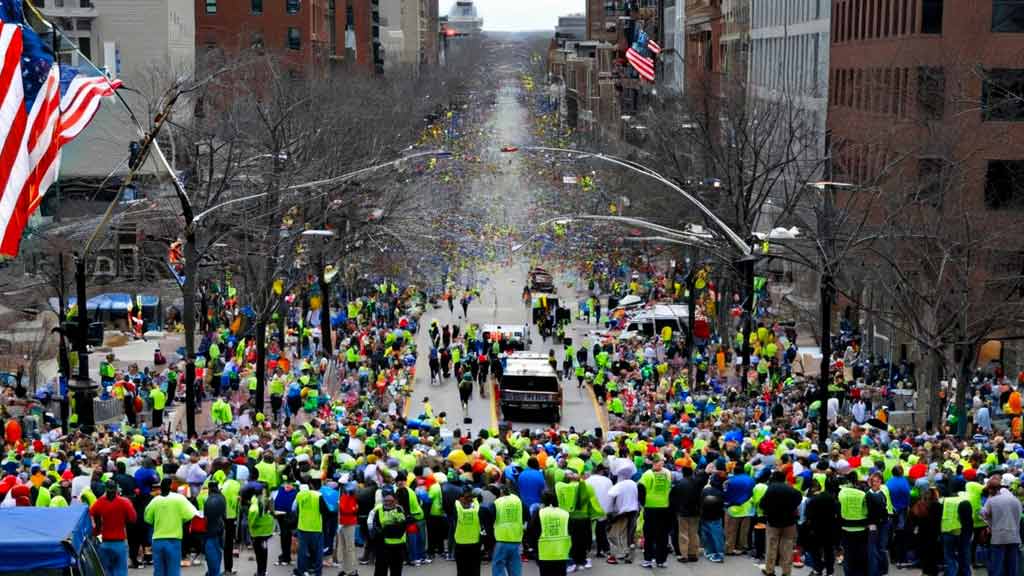
The fallout from CNN’s mistake reverberated beyond journalism, shaping public perception of the network and the broader media landscape. Many viewers criticized CNN for prioritizing speed over accuracy and contributing to the dissemination of misinformation.
Trust in the media, already fragile in an era of “fake news” and partisan bias, eroded further as audiences questioned the reliability of news sources.
Moreover, the misidentification perpetuated harmful stereotypes and fueled xenophobia, underscoring the power of media narratives to shape societal attitudes.
Lessons Learned
In the aftermath of the Boston Marathon bombing, CNN faced intense scrutiny and backlash for its mishandling of the situation. The network issued apologies and retractions, acknowledging its failure to uphold journalistic standards.
However, the damage had been done, highlighting the need for greater caution and diligence in reporting breaking news.
CNN’s misstep is a cautionary tale for media organizations, emphasizing the importance of verification, corroboration, and responsible sourcing in an era of instant communication and viral misinformation.
What Was the Aftermath of the CNN Boston Marathon Bombing Mistake?
In the chaotic rush to report breaking news, CNN made a critical error by misidentifying a suspect, triggering a cascade of consequences that reverberated far beyond journalism.
Let’s dive into the multifaceted aftermath of CNN’s mistake, examining its impact on the media landscape, public perception, and the broader discourse surrounding race, prejudice, and journalistic ethics.
Erosion of Trust in Media
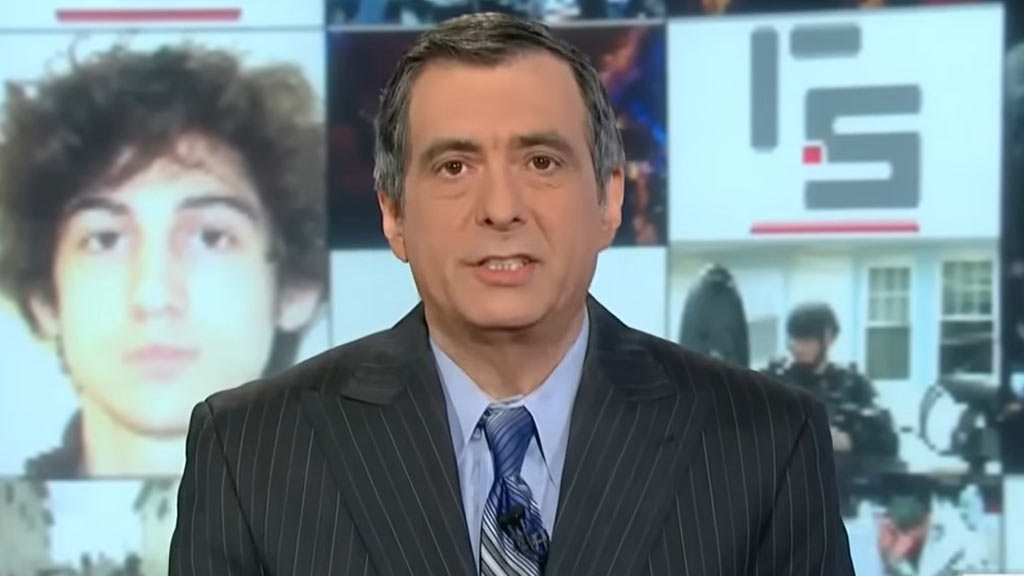
CNN’s misidentification of a suspect in the Boston Marathon bombing dealt a significant blow to the network’s credibility and trustworthiness.
Already wary of sensationalism and misinformation in the media, viewers were outraged by CNN’s failure to verify information before broadcasting it to millions of people worldwide.
The incident reinforced skepticism about news sources’ reliability and fueled concerns about the prioritization of speed over accuracy in modern journalism.
As a result, CNN faced widespread criticism and condemnation, with many questioning its commitment to upholding journalistic standards in the pursuit of ratings and clicks.
Damage to Reputation
The fallout from CNN’s mistake extended beyond immediate public outrage, tarnishing the network’s reputation and standing in the media industry. While CNN issued apologies and retractions in the wake of the misidentification, the damage had already been done.
The incident reinforced perceptions of CNN as a purveyor of sensationalism and irresponsible reporting, undermining its credibility as a trusted news source.
Furthermore, the misidentification overshadowed CNN’s coverage of the Boston Marathon bombing as a whole, casting doubt on the accuracy and reliability of its reporting on other critical events.
Exacerbation of Racial Stereotypes

One of the most troubling aspects of CNN’s misidentification was its perpetuation of harmful racial stereotypes.
By describing the suspect as a “dark-skinned male,” the network invoked racial profiling and fueled speculation based on superficial characteristics rather than concrete evidence.
This not only contributed to the stigmatization of individuals of certain racial backgrounds but also reinforced existing biases and prejudices within society.
The misidentification served as a stark reminder of the dangers of racial profiling in law enforcement and media discourse, highlighting the need for greater sensitivity and accountability in reporting on matters of race and ethnicity.
Impact on Innocent Individuals
Beyond its broader implications for media ethics and racial discourse, CNN’s misidentification had profound consequences for the innocent individual falsely accused of involvement in the Boston Marathon bombing.
The individual, whose name was circulated widely in the media before the error was corrected, faced intense scrutiny, harassment, and threats from the public.
CNN’s reckless reporting jeopardized their reputation and livelihood, highlighting the human cost of journalistic mistakes.
While CNN issued apologies and retractions, the damage to the individual’s life and well-being could not be undone, underscoring the need for greater caution and diligence in reporting sensitive matters.
CNN Reforms

In the wake of the Boston Marathon bombing and the ensuing controversy surrounding CNN’s misidentification, media organizations faced calls for reform and introspection.
Many news outlets implemented stricter verification processes and guidelines for reporting breaking news, emphasizing the importance of accuracy, integrity, and responsible sourcing.
CNN, in particular, vowed to learn from its mistakes and redouble its efforts to uphold journalistic standards in the future.
However, rebuilding trust and credibility would require sustained commitment and transparency from media organizations and greater accountability from journalists and editors alike.
What Other Media Reports Affected the Boston Marathon Bombing?
In addition to CNN’s misidentification, several other media reports and coverage elements influenced the narrative surrounding the Boston Marathon bombing:
Social Media Speculation
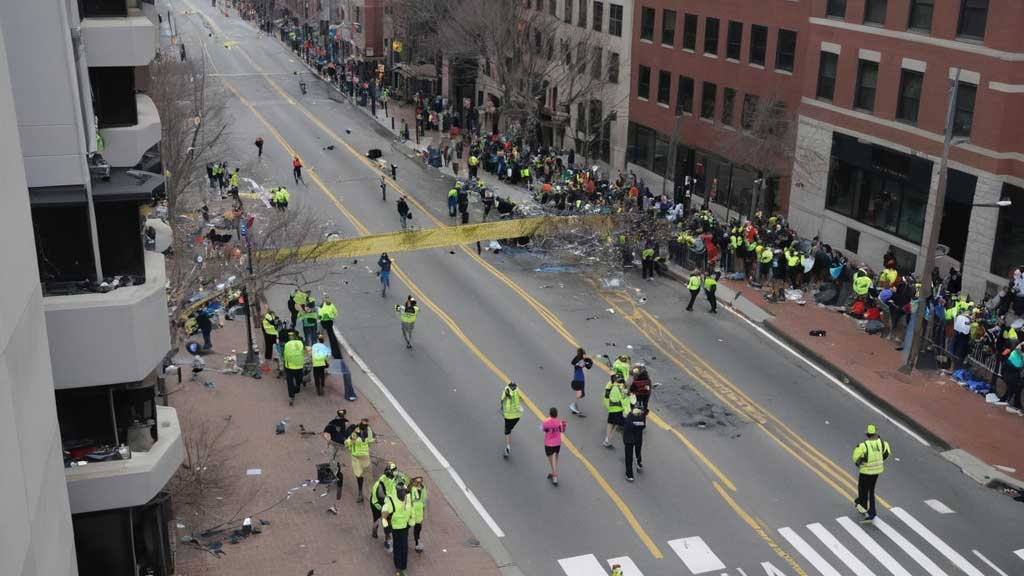
Social media platforms, such as Twitter and Reddit, played a significant role in disseminating information and speculation in real time.
While social media provided a platform for rapid communication and citizen journalism, it also amplified rumors, misinformation, and unverified claims, contributing to confusion and uncertainty in the aftermath of the attack.
Competing News Outlets
As the Boston Marathon bombing unfolded, various news outlets competed to deliver exclusive updates and insights to their audiences.
This competitive pressure sometimes led to sensationalism, exaggeration, and the dissemination of unverified information in the quest for ratings and viewership.
Law Enforcement Press Conferences
Law enforcement agencies ‘ official statements and press conferences, such as the FBI and local police departments, shaped public perception of the investigation and the search for suspects.
However, conflicting information and evolving narratives from authorities added to the complexity and uncertainty surrounding the case.
Eyewitness Testimonies
Accounts from eyewitnesses and survivors of the Boston Marathon bombing provided crucial firsthand perspectives on the events of that fateful day.
However, discrepancies in eyewitness testimonies, coupled with the trauma and stress of the situation, sometimes led to inconsistencies in reporting and interpretation.
Analysis and Commentary
Media pundits, analysts, and commentators offered insights and analysis on the broader implications of the Boston Marathon bombing, including discussions on terrorism, security measures, and societal resilience.
However, ideological biases and preconceptions sometimes colored their interpretations, influencing public discourse and shaping political responses to the attack.
FAQs
What happened during the Boston Marathon bombing?
The Boston Marathon bombing occurred on April 15, 2013, when two homemade pressure cooker bombs detonated near the finish line of the Boston Marathon. The attack killed three people and injured hundreds more.
Who were the perpetrators of the Boston Marathon bombing?
The perpetrators of the Boston Marathon bombing were two brothers, Tamerlan and Dzhokhar Tsarnaev, of Chechen descent. They planted and detonated the bombs near the finish line of the race.
What was the motive behind the Boston Marathon bombing?
The motive behind the Boston Marathon bombing was believed to be retaliation for U.S. military involvement in Muslim countries, particularly the wars in Iraq and Afghanistan. The Tsarnaev brothers were also reportedly influenced by extremist ideologies.
How were the Boston Marathon bombing suspects identified and apprehended?
After the FBI released photos and videos of the suspects, Tamerlan and Dzhokhar Tsarnaev were identified by the public. A manhunt ensued, leading to a shootout with police.
Tamerlan was killed, and Dzhokhar was apprehended after a massive manhunt that shut down the city of Boston.
What were the consequences of the Boston Marathon bombing?
The consequences of the Boston Marathon bombing were far-reaching, including loss of life, injuries, trauma for survivors and their families, and a heightened sense of insecurity. The attack also prompted discussions on terrorism, security measures, and the resilience of communities in the face of tragedy.
Conclusion
The CNN Boston Marathon bombing mistake stands as a cautionary tale in the annals of journalism, emphasizing the critical need for accuracy and accountability, especially during moments of crisis.
While the pressure to be the first to report can be immense, the consequences of spreading misinformation are far-reaching and can exacerbate an already tense situation.
CNN’s missteps are a stark reminder that the pursuit of truth must always supersede the desire for speed in news reporting.
Moving forward, media organizations must implement rigorous fact-checking protocols and prioritize disseminating verified information, even if it means sacrificing the immediacy of breaking news.
By learning from past mistakes and upholding the principles of ethical journalism, the media can rebuild trust with the public and fulfill its vital role as a reliable source of information in times of uncertainty.
Laura Chassaigne